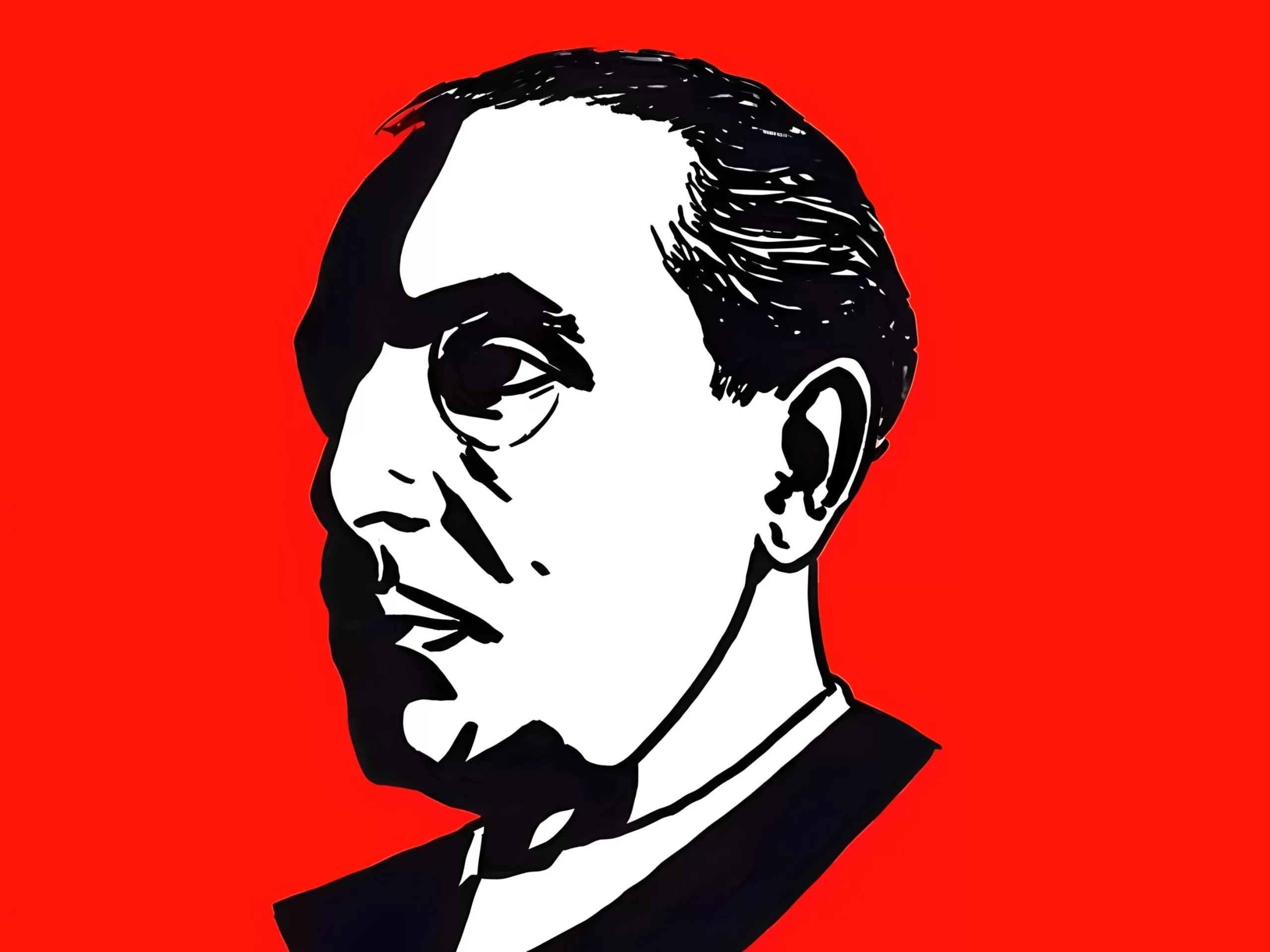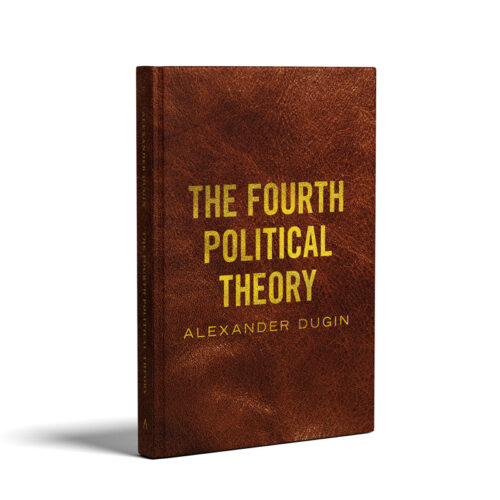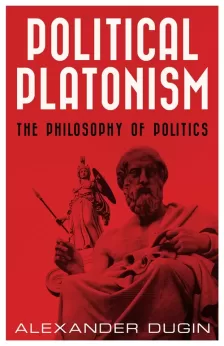Julius Evola, Baron Julius Evola. This name is undoubtedly known to anyone who has even a passing interest in the ideational-philosophical trend of Traditionalism, ‘the secret intellectual history of the twentieth century’, in the words of Mark Sedgwick. The creative legacy of this highly original Italian thinker has been well studied, and many of his books have been translated into a number of European languages.
As for his biography, the situation is quite different. For a long time, the main sources on this matter were Evola’s own accounts in the book The Path of Cinnabar (1963). However, written as an intellectual autobiography, it sheds light more on the ideological development and spiritual search of its author. Regarding his family, childhood, friends, and other personal details, Evola was minimalistic in this work, as well as in other writings, interviews, and conversations. For this reason, there has always been a lot of room for speculation and mystification concerning the persona of the thinker.
Indeed, Julius Evola has become almost a mythical figure, shrouded in an aura of mystery. And it should be noted that this happened not without the participation of the protagonist of our narrative. He began to create his own self-myth from a young age when he joined avantgarde movements: firstly to Futurism in its ‘heroic period’ and then to Dadaism. The eccentric young man took part in bold artistic experiments, shocking the audience with abstract paintings, performances, and representations. From this period comes his poem ‘La parole obscure du paysage intérieur’ (1921), the theoretical work ‘Abstract Art’ (1920), many poems written in a Dadaist style, and paintings which he exhibited in several group exhibitions, including, for example, in Berlin alongside Wassily Kandinsky, Paul Klee, and Marc Chagall at the Der Sturm gallery in September 1921.
Around the same time, Evola carried out another artistic action, destined to become perhaps the most enduring. One could say it continues even to this day. The fact is that until 1921 there was no Baron Evola, but a young man named Giulio Cesare Evola, the son of a telegraph worker and a postal service worker. They had no aristocratic origins, as confirmed by civil registry records.
No historical kinship with the renowned noble family of d’Evoli has ever been established. However, within the parade of the Dadaist carnival, the name ‘Baron Evola’ appears, and it is precisely how the young artist is introduced by the Italian newspapers Piccolo and Il Tempo, seemingly at his own suggestion. The authoritative researcher on the life and work of Julius Evola, Hans Thomas Hakl, discusses all of this in some detail in his article ‘Julius Evola – Was He a Baron or Not?’
It should be noted that the practice of self-attributing noble titles was quite common among the avantgarde artists of the time, both for shock value and to decisively distance themselves from the bourgeois environment surrounding them. Yet, it seems Evola managed this with the greatest success. Among the Dadaists, he stood out especially for his pronounced austerity, detachment, and dandy-like manners. Ultimately, even Tristan Tzara himself began to call him ‘Baron’. Incidentally, around the same time, Evola began to sport his famous monocle, as did Tzara. Who influenced whom in choosing this extravagant accessory remains an open question.
Later on, Evola never insisted on being addressed specifically in this manner, nor did he use such a title in his articles, letters, or for any other purpose. However, he did not deny his ‘title’ either. He also did not object if he was called ‘professor’ or ‘doctor’ (as he was introduced, for instance, during trips to Germany). On this matter, Evola remarked in The Path of Cinnabar, ‘Subsequently, I was often ascribed titles I did not possess.’
What began as a Dadaist provocation seemed to simply become a habit, and over time even served him well, especially when the already recognised thinker began to associate with Europe’s conservative and aristocratic circles. The German authorities, for instance, also referred to Evola as ‘Baron’. And the author of the foreword to the German edition of Pagan Imperialism, translator Friedrich Bauer, played an important role in ensuring there was no doubt on the matter, stating, ‘Baron Julius Evola … comes from a patrician family of Nordic-Norman origin (Evola=Hevelar).’
But this is all regarding the formal aspect of the matter. Naturally, there is another substantive side to this story. After all, in this way, Evola was not only challenging the bourgeoisie but also the tired and sleepy aristocracy of his era. Subsequently, the theme of genuine nobility and its renewal would become one of the most crucial in the Baron’s work (and here we do not even use quotation marks). Recall that around the same time, similar sentiments were expressed in the works of the German conservative revolutionaries, in particular Ernst Jünger, who dreamt of a new aristocracy forged in the crucible of the Great War.
Even Benito Mussolini spoke of trincerocrazia (‘Trenchocracy’) in a similar, albeit somewhat simplified, sense. Astute readers of Julius Evola’s works know that he always championed the primacy of the ‘aristocracy of the spirit’ over the ‘aristocracy of blood’. In this respect, can there be any doubt that Evola was fully deserving of his title? This was affirmed by representatives of the ancient aristocratic families with whom he interacted, never doubting that they were in the presence of a truly noble individual.
A man of humble origins, whose work became a notable phenomenon of the twentieth century in Italy and Europe, and now globally, a significant thinker and original philosopher, an artist, one of Italy’s pioneering Dadaists. Throughout his life, he confirmed that one’s inner constitution and predisposition, ordained from above, have a much stronger influence than one’s environment and surroundings. He demonstrated loyalty to the idea of the ‘aristocracy of the spirit’, which always rises above circumstances and thereby asserts itself; it cannot but assert itself. Thus, the title was bestowed upon Evola by fate itself, a testament to its highest authenticity.
It should be noted that, a century later, the artistic heritage in Italy is being rediscovered and reinterpreted. In 2022, a major exhibition titled Julius Evola and Spirituality in Art took place at the Museum of Modern and Contemporary Art of Trento and Rovereto (MART). This attracted significant attention from the press and figures in the arts. Due to the influence of the renowned art critic Vittorio Sgarbi, Evola has been dubbed the ‘Italian Kandinsky’.

Julius Evola, ‘Untitled’, 1919









